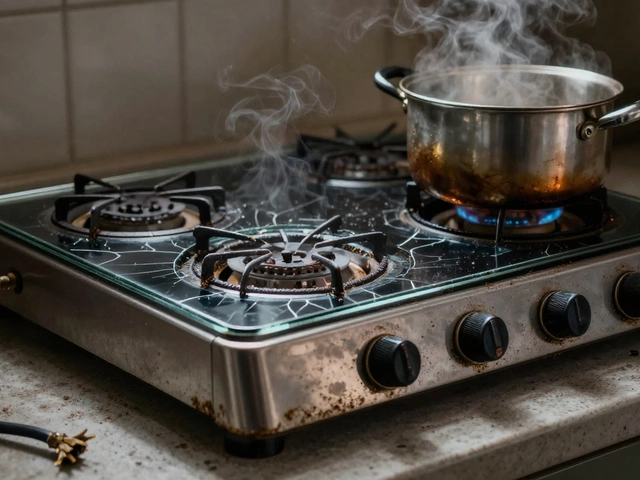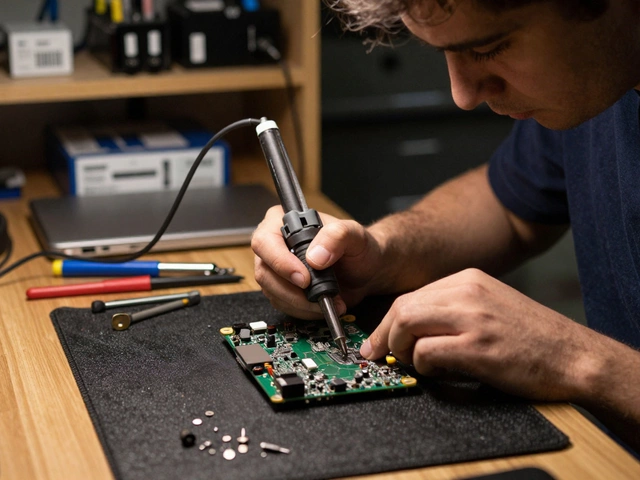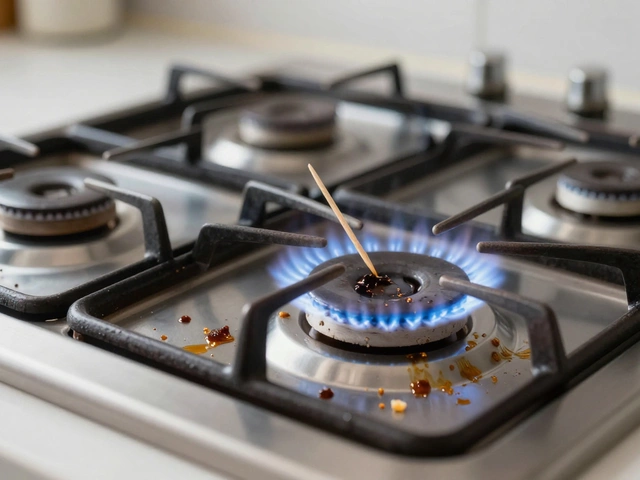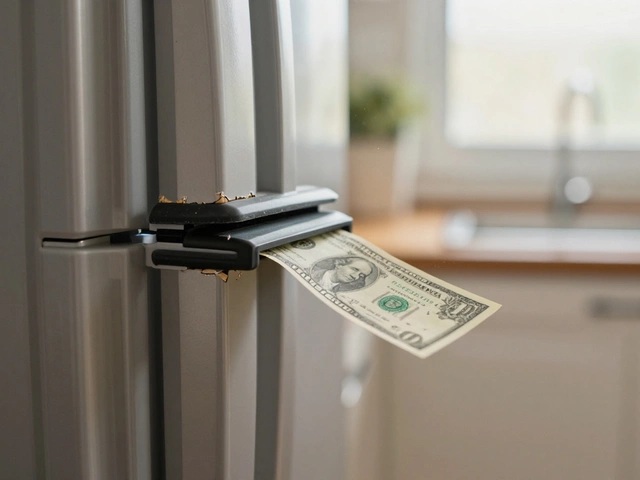Appliance Service: Practical Help for Everyday Repairs
Got a fridge that's not cooling or a washing machine that won’t spin? You’re not alone. Home appliances break down all the time, but most issues are easy to spot and fix. This page gathers the most useful guides, so you can get running again without waiting for a technician.
Common Problems and Quick Fixes
First, think about what the appliance is doing (or not doing). A fridge that’s warm usually means a blocked condenser, a bad thermostat, or a failing compressor. A quick cleaning of the coils and checking the door seal often solves the problem. If the washer is leaking, the hose might be loose or the pump clogged – just tighten the connection or clear the filter.
Dishwashers that won’t drain are usually caused by a blocked filter or a broken pump impeller. Pull out the bottom rack, clean the filter, and spin the pump by hand to see if it moves freely. For ovens that won’t heat, a blown thermal fuse or a faulty heating element is the usual culprit. Unplug the oven, remove the element, and look for visible cracks or breaks.
When to DIY and When to Call a Pro
Daily maintenance can keep most appliances healthy. Clean refrigerator coils every six months, descale a water heater annually, and run a cleaning cycle on your dishwasher once a month. These small actions stop many breakdowns before they start.
However, certain jobs need a qualified technician. Anything that involves gas lines, electrical wiring beyond a simple plug, or sealed refrigeration systems should be left to the experts. Trying to repair a gas boiler yourself can be dangerous and may void warranties.
Our collection of guides covers everything from fixing a noisy dryer to troubleshooting a boiler that won’t fire. Each article breaks the steps down into simple actions, tells you what tools you need, and warns you about the parts that are best handled by a pro.
For example, the "How to Repair a Refrigerator Not Cooling" guide walks you through checking the thermostat, cleaning the condenser, and testing the start relay. The "Most Common Dishwasher Fault" article shows you how to clear a blocked drain and replace a failing pump without special equipment.
If you’re unsure whether a repair is worth the cost, look at the age of the appliance. A seven‑year‑old oven may still have many good years left if you replace a single part, but a 20‑year‑old unit might be more expensive to fix than to replace. Our "Is It Worth Repairing a 7 Year Old Oven?" piece gives the numbers you need to decide.
All of these resources are aimed at saving you time and money. Skipping the guesswork means you can get your appliances back in action faster, and you’ll know exactly when it’s smarter to call Weymouth Appliance Repair Services for a professional touch.
Got a specific issue that isn’t covered here? Use the search bar to find the exact problem, or drop a comment on the article you’re reading. We update the guides regularly, so you’ll always have fresh tips at hand.
Remember, a little regular care goes a long way. Keep your appliances clean, check them for odd noises, and don’t ignore warning lights. When you combine that habit with the step‑by‑step help on this page, most household devices will stay reliable for years.
Understanding Appliance Standards: What You Need to Know
- Alden Wilder
- Feb 19 2025
- 0 Comments
Appliance standards play a crucial role in ensuring safety, performance, and energy efficiency of home appliances. These standards are set by regulatory bodies and can vary across different countries, impacting both manufacturers and consumers. Understanding these standards helps consumers make informed decisions and ensures that appliances operate effectively for their intended purpose. Additionally, knowing about appliance standards can lead to better choices in terms of cost efficiency and environmental impact.
View More




